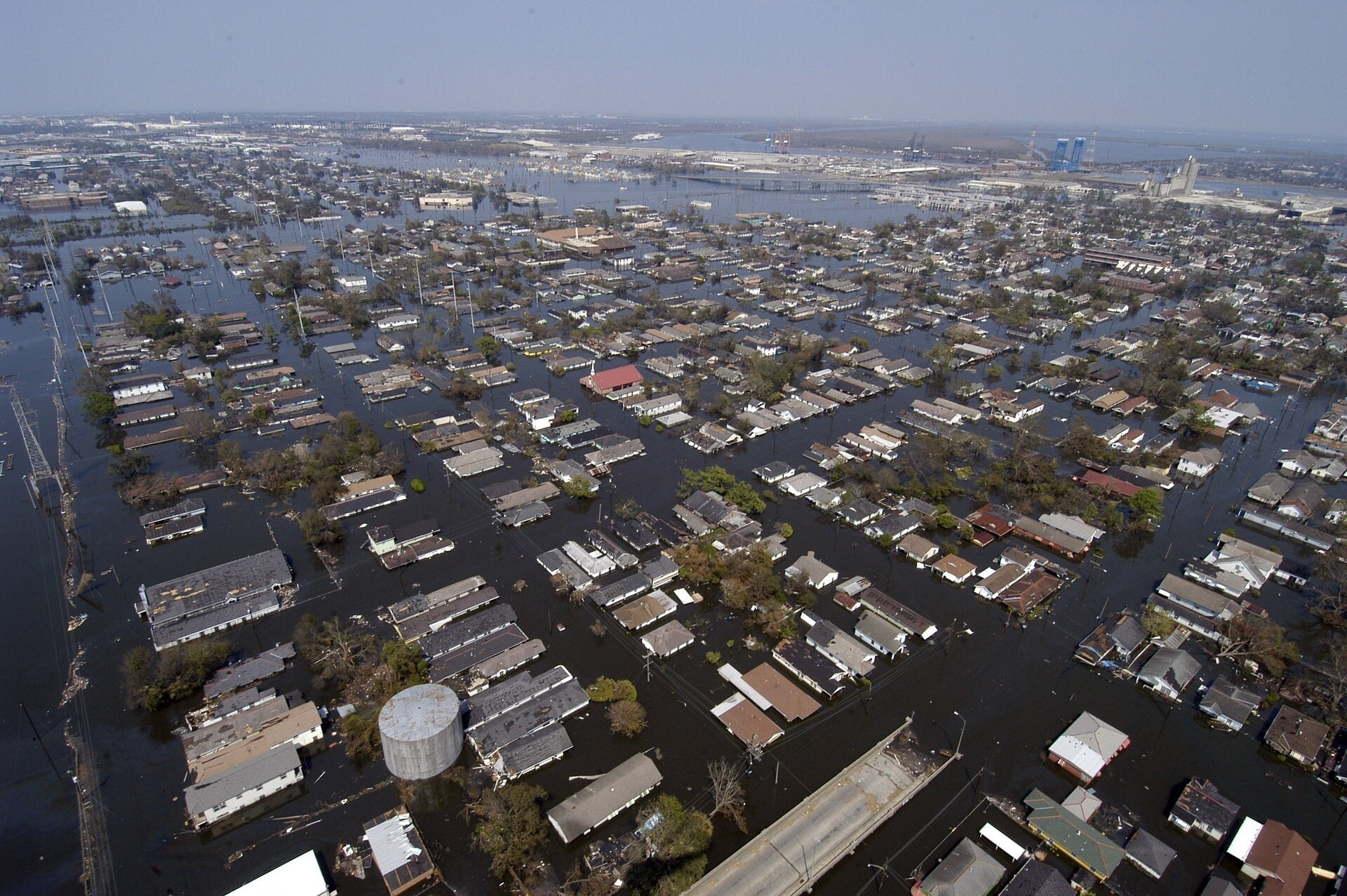How can we help our cities live up to their economic potential?

Image: REUTERS/Minh Nguyen

Get involved with our crowdsourced digital platform to deliver impact at scale
Stay up to date:
Global Risks
Cities have been missing from discussions on the financial crisis of 2008 and its aftermath. Perhaps they are taken for granted: after all, more than half of humanity live in cities, and more than 90% of some countries are urbanized. But if cities are the motors of the economy, then the weak recovery may mean that cities are under-performing. Cities run on infrastructure and innovation. These do not flow smoothly through macro-economic policy, but come in spurts. And both are at levels which are insufficient to modernize and adapt cities for the 21st Century.
The dynamism of many cities – London, Berlin, Boston – has kept the crisis from being worse than it is. But the crisis has also revealed long-standing, widespread deficiencies in urban education, infrastructure, environmental quality and services, and much else, in well-performing and lagging cities alike. The costs of coping with congestion are just factored in to the time budgets of households and to the work load of business. But they do not seem to be addressed in studies of why productivity levels are so low. These are the new limits to growth.
The rate of investment in infrastructure was not adequate before 2008, and it has dropped since, partly due to budget-cutting. We have been here before. Bean-counting ignores the unforeseen consequences of technological and social change. Before the internet age, electricity was considered a mature industry; research was poorly funded; de-regulation and privatization were thought to drive efficiency, exploiting excess capacity. Those efficiency gains are now in the past. The current and future demand for electricity is far greater than expected 25 years ago, but the lead-time to build new capacity (and cope with ageing facilities) is long. Blackouts in the United States, Italy and Denmark in 2003 were a wake-up call. A blackout may last hours, but when bridges or water and sewer mains collapse, the interruption can run into years.
When governments released billions for infrastructure in successive stimulus packages since 2009, one might have expected the funds on offer to be over-subscribed. After all, the OECD in 2006 estimated that more than $50 trillion should be invested over the next 20 years to rebuild, expand and upgrade the infrastructures and power systems on which cities depend; developed countries were to absorb two-thirds of this investment. The 100-year, 50-year and 25-year life-cycles of many different systems and networks have all reached their “use-by” date at the same time. Nothing like this has ever happened before.
McKinsey reviewed and broadly confirmed this estimate in 2012, noting that it did not take account of changes needed to adapt to climate change. But on 3 May 2012, a headline in the Financial Times warned that “Finance for big projects cut as banks are squeezed. Money for airports and hospitals down a third. Hope of infrastructure boost for economy hit.” Four years later, nothing much has changed. In June 2016, McKinsey Global Institute released Bridging Global Infrastructure Gaps, a report highlighting underinvestment of $350 billion a year when the world needs to invest $3.3 trillion annually, and what can be done about it just to keep up with expected rates of growth. The gap triples when the investment needed to meet UN Sustainable Development Goals is added. Clever financing packages and more efficient use of existing infrastructure are palliatives.
What has happened? The drawers in planning departments were soon emptied; regulatory complexity meant that decisions to build could take years. Neither obstacle has been tackled. Have regulatory procedures been simplified? Have governments, under the pressure of austerity budgets, rebuilt their capacity for long-term planning? The 2016 edition of OECD Regions at a Glance lists the main challenges to strategic planning and infrastructure investment. Excessive administrative procedures and red tape, and lengthy procurement procedures were at the top of the list, a major challenge in 50% of sub-national governments responding to a survey covering Europe. Next came the gap between central government and local priorities, and a lack of long-term strategy at central level. There is no reason to believe that a survey in North America or Asia would produce anything different.

These problems cannot be corrected by sub-national governments alone: governments at all levels must work co-operatively. Optimists are more likely to emphasize how well cities perform, and how many problem-solving innovations are introduced at their level. The optimist school about cities is only partly right: cities enjoy greater scope for innovation and initiative than national governments. It is an illusion to think that that cities could prosper, independent of the nation-state.
But national governments, by and large, have not gotten the message. A short-term focus on boosting infrastructure spending to create jobs and increase demand misses the long-term, dynamic benefits of infrastructure – benefits however which are difficult to model and quantify in the arguments that reach ministers of finance.
There are real-time examples of dynamic effects. It is impossible to imagine that the airlines could carry the number of people travelling between London and Paris today, given the constraints on airports. But when Eurostar started service in 1994, the assumption was that the size of the market would not grow appreciably. Tourism aside, the firms employing people in both London and Paris are better off because they have access to a larger labour market. But economic benefits of this kind at the micro level are a kind of black box: economists know that something is going on, but they don’t know what, and cannot build data bases for forecasting purposes.
To get more, and better, projects we need to project a vision of the future of cities. With a compelling vision that mobilizes political leadership, the managerial, financial and regulatory obstacles to better infrastructure investment will get tackled. Turn the proposition around: what are the plans waiting in the pipeline that these obstacles are blocking? In the 1930s, there was an agenda for cities: slum clearance and overcrowded housing, electrification, rapid transit but also streets and highways for cars, modern hospitals, laboratories and universities, department stores and skyscrapers, theatres and parks. Note that this programme – which generated assets that have lasted for decades – were the fruit of innovations and plans which dated from the 1890s. No wonder the low level of innovation in recent years is highlighted in studies of why the recovery is sluggish.
What is the vision for the city of tomorrow, today? What could be the urban agenda bringing governments, civil society and the private sector together? Everything seems to converge around risk – environmental (water, air, catastrophe), health (lifestyle, ageing), social (exclusion, alienation) – and resilience – the capacity of society to adapt to change and to recover from shock.
Risks define the range of problems that could precipitate a spiral of decline in a society lacking sufficient resilience. In a sense there is nothing new in this list; risk management has always been at the centre of urban economic governance. Over time, the nature of the risks linked to the way cities function have changed. We used to worry about the supply of food, now obesity is the problem. People were writing about climate change in the 1980s, but only recently has the global polity raised it to the highest priority. These and similar risks call for far-reaching changes in the way cities are planned, built, and redeveloped, ushering in a new age creative adaptation which calls for innovation in governance as much as in technology. Managing space better is the new imperative.
A change in the nature and perception of risks makes a paradigm shift inevitable. The last time a shift of this magnitude was necessary, between the 1880s and 1910s, the process was also wrenching, politically contentious, but also highly innovative, leading to a transfer of authority to professionals and experts. No one alive has direct experience of what it is like to live through, channel and learn from a paradigm shift. This need not lead us to despair; the lesson of history is that paradigm shifts are over within a generation, leading to a new era of relative stability in macro-economic and political frameworks.
A belief that economic growth will in due course solve urban problems ignores the fact that many problems will remain even if growth accelerates, and will certainly worsen if growth falters. Benign neglect is not a sane alternative to a constructive, proactive and visionary policy to take advantage of what cities do best. We are back to basics: to know better what projects will lift productivity in cities and help cities and regions make better use of their assets.
Don't miss any update on this topic
Create a free account and access your personalized content collection with our latest publications and analyses.
License and Republishing
World Economic Forum articles may be republished in accordance with the Creative Commons Attribution-NonCommercial-NoDerivatives 4.0 International Public License, and in accordance with our Terms of Use.
The views expressed in this article are those of the author alone and not the World Economic Forum.
Related topics:
The Agenda Weekly
A weekly update of the most important issues driving the global agenda
You can unsubscribe at any time using the link in our emails. For more details, review our privacy policy.
More on Global RisksSee all
Gareth Byatt and Ilan Kelman
March 11, 2024
Andrea Willige
March 6, 2024
Richard Aster
November 15, 2023
Ian Shine and Rebecca Geldard
November 14, 2023
Andrea Willige
October 26, 2023
Simon Torkington
September 14, 2023






